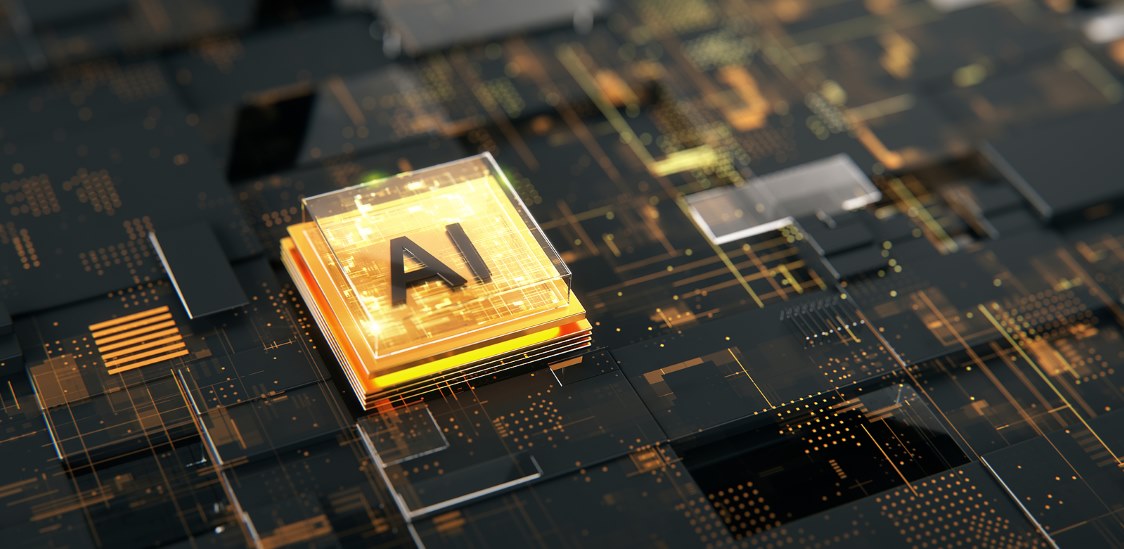2024 promises transformative advancements driven by the pervasive influence of innovations related to AI. As we anticipate the coming year, this article explores key developments in the data and connectivity space, highlighting the evolution of network automation technologies.
#1: AI-Driven Predictive Maintenance in the Telecommunications Industry
The continuous evolution of network automation is reshaping the digital landscape, particularly in the telecommunications industry. Pioneering solutions leading this transformation amplify the demand for heightened efficiency and reliability. Integral to predictive maintenance, AI algorithms usher in proactive issue resolution, minimizing downtime.
In the telecommunications sector, the impact of AI-driven predictive maintenance is pivotal. Telecom operators leverage AI algorithms to foresee equipment failures, enabling proactive maintenance measures. For instance, predictive maintenance can anticipate issues in cell towers, empowering operators to address concerns before they escalate into service disruptions. This real-world application reduces downtime and enhances network reliability, optimizing the allocation of maintenance resources. This shift exemplifies the industry's imperative to continuously improve offerings and adapt business models in a world increasingly defined by digital advancements.
#2: AI-Driven Cybersecurity: Safeguarding Digital Domains
Cybersecurity takes center stage as digital giants expand their dominion, with private and public content navigating cutting-edge technologies. In the financial services sector, robust security measures, including AI-driven threat detection, are imperative for safeguarding sensitive information.
Financial institutions rely on AI algorithms for threat detection, particularly to identify unusual patterns or behaviors in transactions indicative of fraudulent activity. This proactive approach enables the neutralization of potential threats before escalation, ensuring the security of financial data and transactions. Losses incurred by financial organizations amounted to approximately $5.9 million per cyber incident, which is higher than the average across all industries ($4.45 million). The use of AI in the financial services sector exemplifies how advanced technologies play a pivotal role in fortifying the digital landscape, especially in industries dealing with sensitive information.
I personally experienced the protective power of AI during a recent vacation trip. In a remote location without local currency, I found myself in a tight spot. A seemingly helpful stranger offered to pay a vendor in local currency, charging only $30 USD to my credit card. However, moments later, I received an SMS from my credit card company alerting me to a suspicious $2500 USD charge. Thanks to AI-driven threat detection, the transaction was automatically declined, and my card was suspended, saving me from falling victim to a potential scam. This real-life scenario underscores the critical role AI plays in safeguarding individuals from fraudulent activities in today's digital landscape.
#3: AI-Driven Dynamic Orchestration Unleashes the Power of 5G Network Slicing
In the landscape of 5G networks, the orchestration of network functions and applications emerges as a critical enabler for seamless, efficient operations. As operators navigate the complexities of diverse domains, including edge, aggregation, and core data centers, the call for network-wide optimization becomes resoundingly clear. Responding to this demand, a groundbreaking approach gains prominence — AI/ML-based dynamic orchestration. According to recent surveys, 69.2% of industry experts anticipate dynamic orchestration, where network functions are intelligently reallocated across domains. Within this paradigm, 33.0% opt for AI/ML-based orchestration, seeking real-time, intelligent adjustments. This innovative orchestration not only optimizes resource allocation but also synchronizes network administration, ushering in a new era of 5G efficiency and responsiveness. The integration of AI/ML technologies promises to reshape the orchestration landscape, providing operators with the tools needed to instantaneously adapt to changing demands and ensuring the success of 5G network slicing on an end-to-end basis.
#4: Collaborative Troubleshooting in Network Management
A collaborative troubleshooting approach fosters synergy between AI systems and human expertise, particularly in IT support services. As digital networks grow in complexity, this collaboration enhances the efficiency of issue resolution and aligns with the industry's commitment to continuous innovation.
The synergy between AI and human collaboration is instrumental in troubleshooting efficiency in IT support services. AI-powered systems actively assist human operators in diagnosing and resolving network issues. In practical terms, AI algorithms analyze log data in a large-scale IT environment to pinpoint potential issues, while human experts provide context and implement solutions. This collaborative approach ensures a more resilient network infrastructure by seamlessly combining AI's analytical capabilities with human operators' problem-solving expertise.
For instance, consider a scenario where a large-scale enterprise experiences BGP route fluctuations at 11 p.m. AI algorithms, through guided troubleshooting prompts, analyze the log data and quickly pinpoint the errors in the BGP configuration. Simultaneously, human experts, armed with this AI-generated insight, implement corrective actions, such as configuration rollbacks or applying a route-dampening policy. This collaborative troubleshooting exemplifies the power of AI-human partnership in maintaining a robust and resilient network infrastructure.
#5: Transformative Impact of Virtual Assistants in Network Automation
The integration of advanced technologies marks a groundbreaking shift in network automation, specifically within customer support. Fueled by natural language processing (NLP) and machine learning algorithms, virtual assistants revolutionize user interactions and streamline operations within network automation platforms. This transformative impact is evident in the remarkable productivity improvement by as high as 60%.
In the customer support domain, companies deploy virtual assistants to address diverse needs, exemplified by prompts such as:
"Please upgrade the core router this weekend?"
"What's the status of the recent network maintenance?"
"Troubleshoot the connectivity issue reported by the user"
By adeptly comprehending user intent and context, these virtual assistants significantly contribute to intelligent network monitoring efficient troubleshooting, and foster collaborative communication within customer support teams. This real-world application vividly highlights the transformative impact of virtual assistants, showcasing their prowess in enhancing user experiences and boosting operational efficiency within the network automation environment.
#6: Addressing Ethical Considerations and Workforce Transformation
Addressing ethical considerations becomes crucial amid the benefits of AI and advanced technologies in network automation. Ensuring fairness and transparency in AI models is paramount to maintaining trust in automated systems. This imperative is mirrored in personnel management and recruitment, where companies actively leverage ethical AI practices.
In recruitment, AI algorithms are vital in screening job applications while maintaining a commitment to fairness and transparency. Ethical AI contributes significantly to fostering a more diverse and inclusive workforce by addressing biases in the hiring process. This real-world use case exemplifies the importance of ethical considerations in deploying AI technologies, especially when shaping the future workforce in the era of advanced network management.
Conclusion
As we peer into 2024, these insights reflect the ongoing evolution of network automation. Embracing the continued advancement of AI-driven automation, fortifying cybersecurity measures, fostering dynamic network orchestration, promoting collaborative troubleshooting, and integrating advanced technologies signal a shared commitment to shaping a resilient digital future. While we harness the transformative power of AI, it is crucial to remain vigilant about potential biases inherent in these systems. As we move forward, I remain cautiously optimistic that collaborative efforts among stakeholders will strike a balance, ensuring the success of network automation in the era of cutting-edge advancements.
References




















